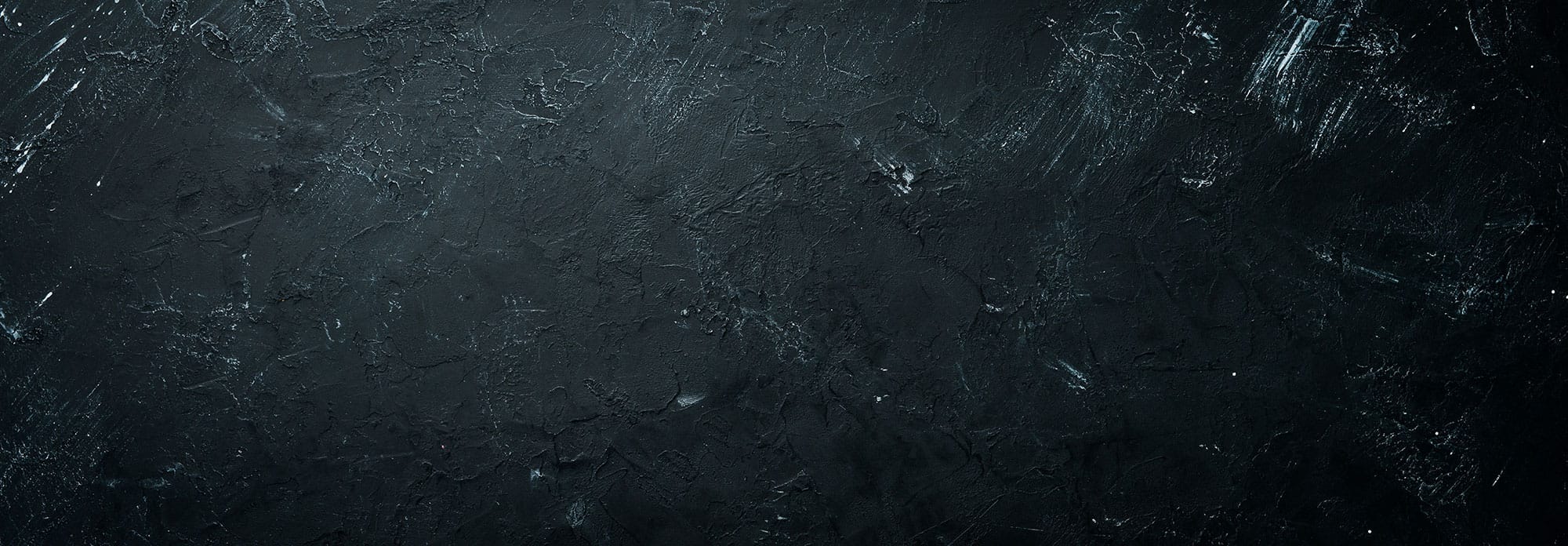I once grew so many flowers on my allotment that the bad-tempered judge of the annual prize spikily remarked that it was an “inedible plot’.
I offered him a crimson nasturtium to munch on. He refused, his face redder than the flower.
But how wrong he was. Edible flowers might be the current darlings of chefs who use them in salads and puddings, but their use goes back centuries.
The Romans and Greeks used clove-scented pinks, lavender and violets in their cooking; the Victorians picked primroses, borage and sweet violets for puddings (and I remember picking primroses from my mother’s garden and painting them with sugar and egg white for Easter puddings), and the dark pink petals of the ancient Damask rose are still abundantly harvested and used liberally throughout the Middle East, in everything to flavouring tea to confectionery.
But isn’t Northumberland a bit nippy to grow edible flowers? Not if my plot in Vallum’s Kitchen Garden is a yardstick. I planted seeds of saffron-coloured English marigold (Calendula officinalis), purple violets, scarlet nasturtium, black cornflower and sky-blue borage in early June and by August they were at full throttle.
The kitchen has put them in ice-cubes for drinks, scattered the petals over salads, decorated their peerless puddings and made a surprise cocktail for a ruby wedding anniversary with deep-red petals.
Edible flowers are best grown from seed directly into the soil in the warmer months and reward you with extra blooms the more you pick. The flowers of many herbs like mint, lemon balm, basil, thyme and bergamot are both beautiful and delicious, although, as I found to my cost, you do have to watch out for bees who appreciate their fragrance as much as we do.











